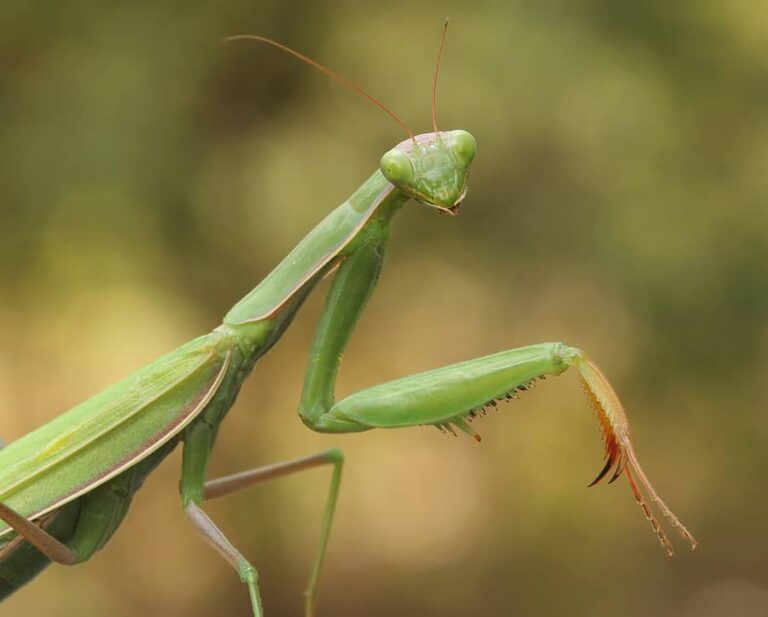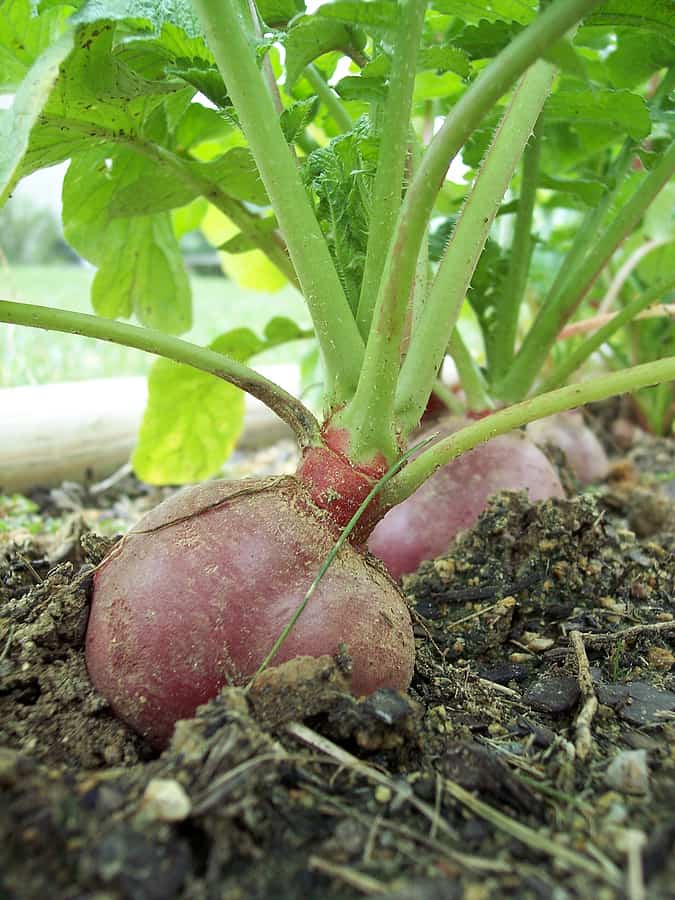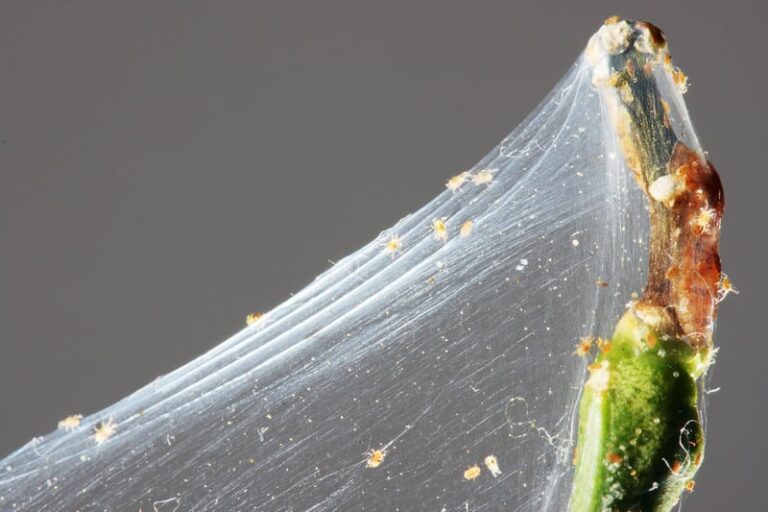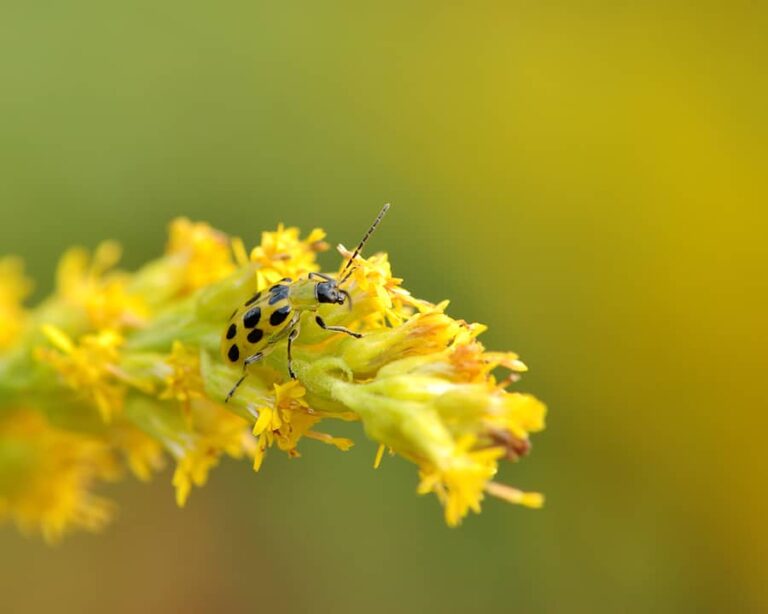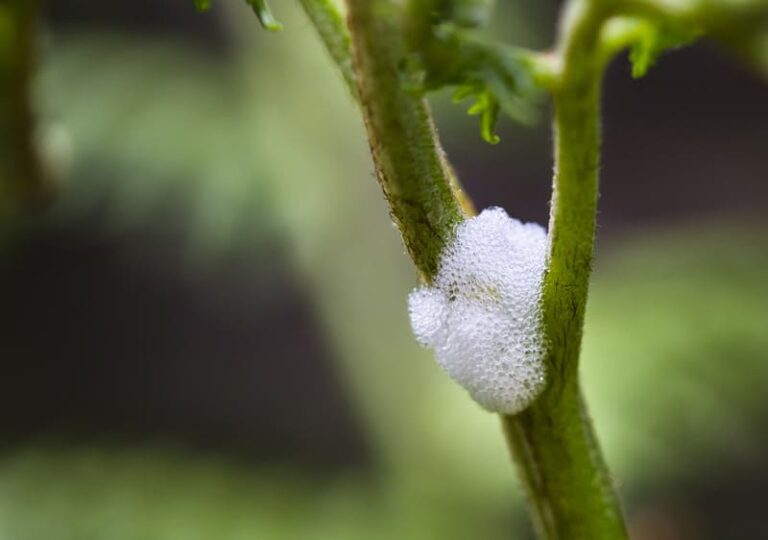Mealybugs Organic Pest Control
Mealybugs are very small soft, oval insects that are usually covered with white or gray waxy fluff. A mealybug is about 1/10 of an inch long.
Mealybugs suck the juices from citrus, apples, pears, apricots, avocadoes, and grapes as well as ornamental and tropical plants. Honeydew excreted by mealybugs supports the growth of sooty mold fungus.
Female mealybugs have soft, oval, pinkish bodies; males have wings. Nymphs are similar to adults but smaller.
Good Products for Pest and Disease Control at Amazon:
- Garden Safe Snail and Slug Bait
- Bonide Sulfur Fungicide
- Monterey BT Caterpillar Killer
- Neem Bliss 100-% Cold Pressed Neem Oil
- Safer Brand Insect Killing Soap
- PyGanic Botanical Insecticide
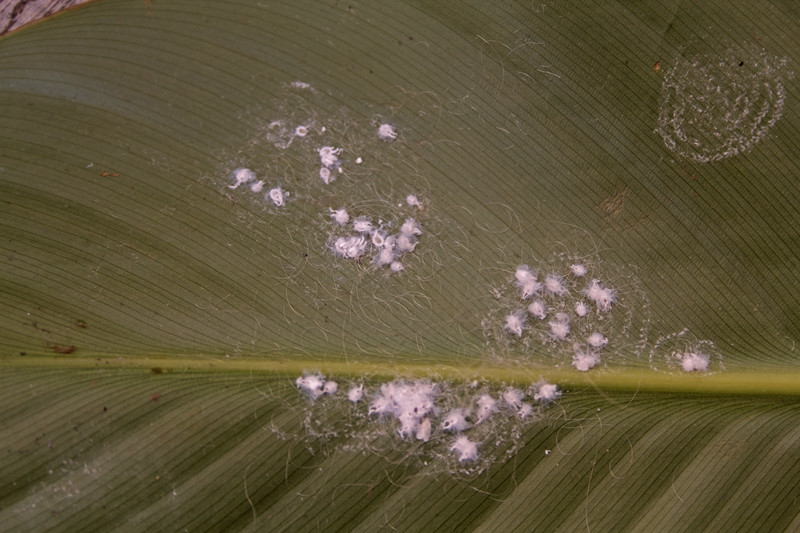
There are several species of mealybugs, most found in the southern United States. The long-tailed mealybug is found throughout North America; it has a cottony appearance and two long anal filaments.
Female mealybugs lay eggs in a fluffy white mass. The eggs hatch in 10 days and the crawlers then develop for 1 to 2 months. There are many generations of mealybugs each year.
Mealybugs often feed in large, dense colonies which appear as white, sticky masses on leaves, twigs, or fruit. With large concentrations of mealybugs, sticky honeydew will appear with a dark, sooty mold growth over it.
Scientific name: Family Pseudococcidae; Pesudococcus adonidum (longtailed mealybugs); Planococcus citri (citrus mealybug); Pseudococcus comstocki (Comstock mealybug).
Target plants
Mealybugs feed on citrus, apples, pears, apricots, avocados, and grapes as well as ornamental and tropical plants.
Feeding habits and damage
Adults and nymphs suck plant juices feeding on all parts of a plant—stems, leaves, and fruits. Excremental honeydew left by mealybugs supports the growth of sooty mold fungus.
Organic controls
Spray infested plants with a stiff stream of water or soapy water, or spray with insecticidal soap.
Organic control calendar
Here is what you can do seasonally to control mealybugs:
- Before planting: Remove weeds and plant debris from the garden; mealybugs overwinter as nymphs or eggs in plant debris and under tree bark.
- At planting time: Mealybugs thrive in warm weather; they may not be present early in the season. Spray infestations with a strong stream of water.
- While crops develop: Spray mealybugs infestations with a strong spray of water or with insecticidal soap. Control ants that farm mealybugs in order to harvest their sugary honeydew.
- After harvest: Remove spent plants and debris from the garden; mealybugs overwinter as nymphs or eggs in plant debris and under the bark of trees
Natural predators
Lady beetles, lacewings, syrphid flies, chalcid wasps, and mealy bug destroyers (Cryptolaemus montrouzieri—to control mealybugs on citrus).
Related articles:
Vegetable Garden Organic Pest Control
Vegetable Garden Diseases Problem Solver
Vegetable Garden Organic Weed Control
Garden Planning Books at Amazon:


